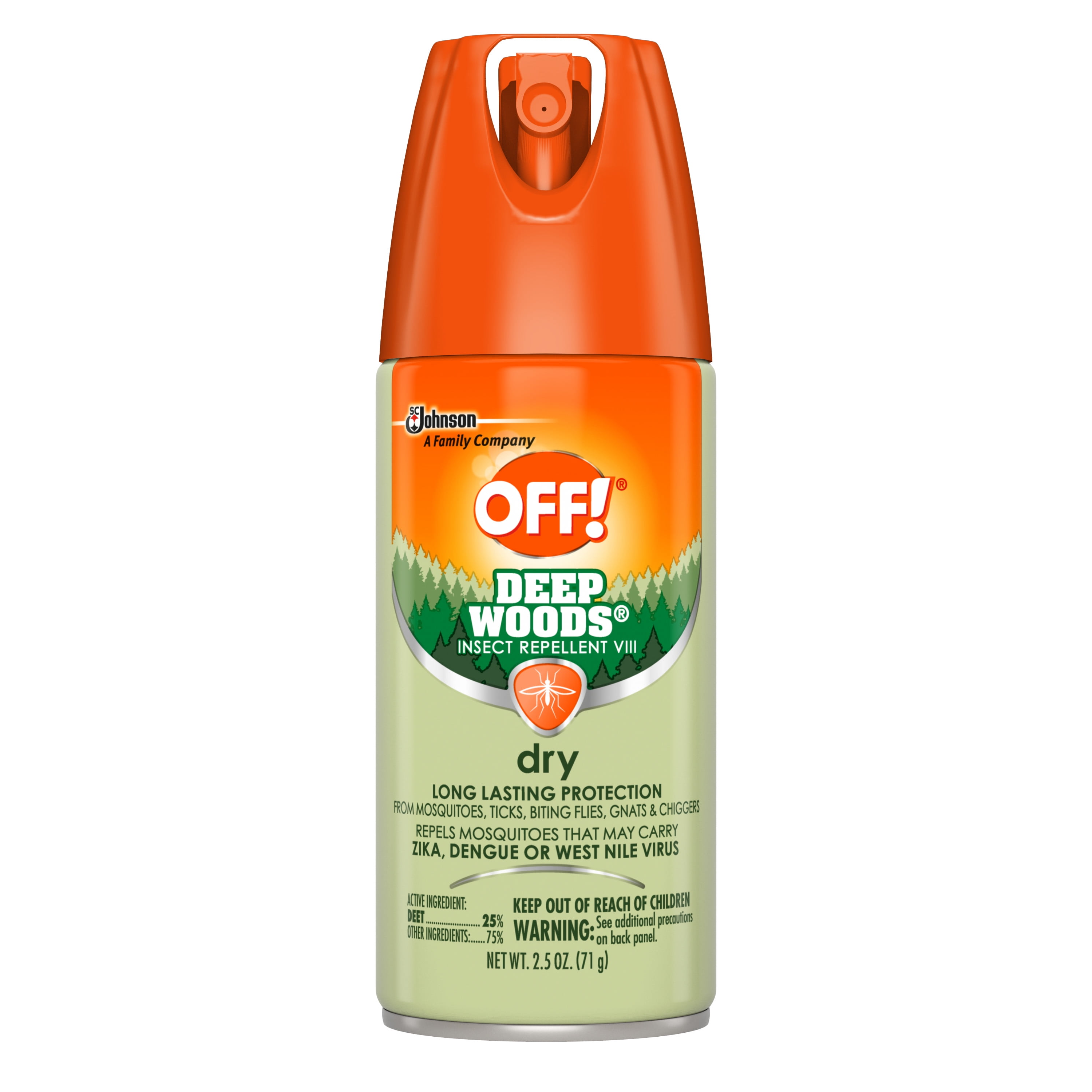

Eating or drinking something unsafe (such as unpasteurized milk, undercooked meat, or unwashed fruits and vegetables that are contaminated with feces from an infected animal).Being bitten by a tick or mosquito (often called a “vector”).Coming into contact with the saliva, blood, urine, or feces of an infected animal.You might come into close contact with animals at a fair or petting zoo or encounter wildlife when we clear wooded land for new construction.īecause of these interactions, it’s important to be aware of the different ways people can get zoonotic diseases. Some raise animals for food, others keep them in our homes as pets. Many people interact with animals in their daily lives, either for business or pleasure. coli infection if you work at a dairy because cows can have E. coli infection, which you can catch if you touch areas in a petting zoo or animal exhibit where some of the animals are infected.Salmonella infection, which you can get after handling a baby chick, chicken, duck, turtle, or snake.Dengue, malaria, and chikungunya, which you can get if you travel to areas where these diseases are common, such as the Caribbean, and are bitten by an infected mosquito.West Nile virus, which you can get from a mosquito bite.Lyme disease and Rocky Mountain spotted fever, which you can get from a tick bite.Some of the most common Zoonotic diseases to know about include: Zoonoses have been recognized for many centuries, and over 200 have been described. Listeriosis and histoplasmosis are examples of saprozoonoses.

Zoonotic diseases that require a vertebrate host and another type of environmental reservoir (e.g., food or soil) are known as saprozoonoses. Metazoonoses require both a vertebrate host and an invertebrate host an example istrypanosomiasis. Cyclozoonoses, such as echinococcosis, require more than one vertebrate host for development. Diseases that are transmitted directly (e.g., through direct contact or a mechanical vector) and that are maintained in nature in a single vertebrate host species are known as orthozoonoses an example is rabies, which is maintained by canids. Zoonotic diseases also can be classified according to their life cycle. Even animal bites can result in transfer of zoonotic diseases such as rabies.

These diseases can enter a person’s body through a number of ways including broken skin, eyes, mouth and lungs. About 75% of the new diseases that have affected humans over the past 10 years (such as the West Nile Virus) have originated from animals or products of animal origin. Research indicates that between one third and one half of all human infectious diseases have a zoonotic origin, that is, they are transmitted from animals. Zoonotic diseases can be caused by viruses, bacteria, parasites, and fungi. A large number of domestic and wild animals are sources of zoonotic disease, and there are numerous means of transmission. Zoonotic disease, also called zoonosis, are a group of diseases that can be transmitted to humans by nonhuman vertebrate animals, such as mammals, birds, reptiles, amphibians, and fish. Every year, tens of thousands of Canadians will get sick from a disease they caught from a bug or other animal.


 0 kommentar(er)
0 kommentar(er)
